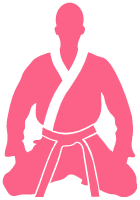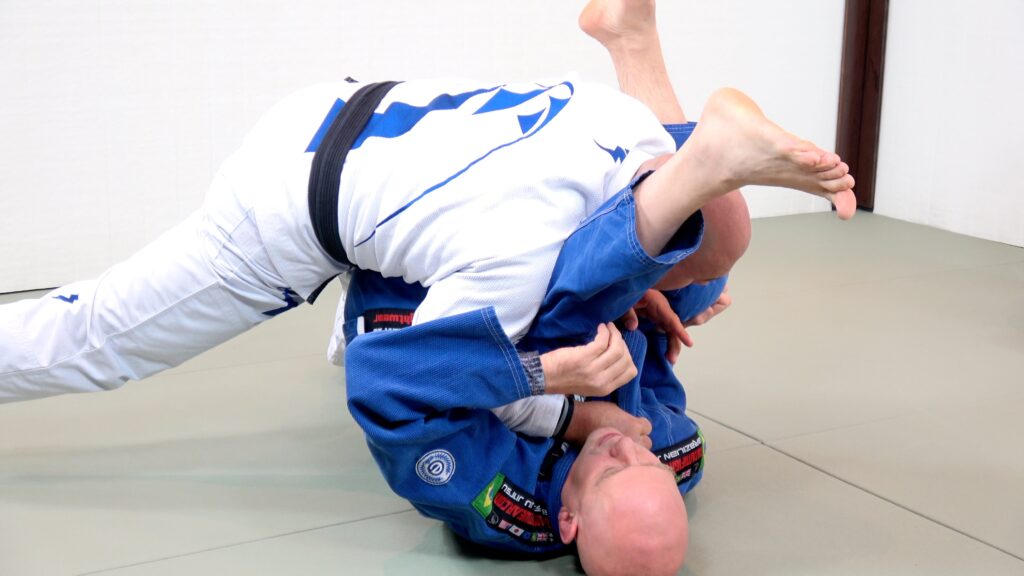The stack pass is a highly effective guard pass that involves lifting your opponent off the ground and stacking them on their shoulders, creating a lot of pressure and discomfort. It is a popular technique in Brazilian Jiu-Jitsu, and is used at all levels, from beginner to advanced. In this article, we will cover the basics of the stack pass, along with tips and tricks to help you master this powerful technique.
The Basics of the Stack Pass
The stack pass involves getting into your opponent’s guard, securing their legs, and then lifting them up and back, stacking them on their shoulders. To execute this technique, you need to have good posture and control, as well as a strong base. It’s important to keep your weight centered and your hips low, to avoid being swept or submitted. Once you have your opponent stacked, you can either pass to side control or take their back.
Setting up the Stack Pass
The stack pass can be set up in a variety of ways, depending on your opponent’s guard and their reactions. One effective way to set up the stack pass is to use the knee cut pass as a feint, and then switch to the stack pass when your opponent tries to defend. Another way is to use grips and angles to create space and then drive forward with the stack pass. It’s important to be patient and look for opportunities to set up the pass, rather than forcing it.
Grips and Control
In order to execute the stack pass effectively, you need to have good grips and control of your opponent’s legs and upper body. One effective grip is the pant grip, which allows you to control your opponent’s legs and prevent them from moving or adjusting their position. Another grip is the collar grip, which allows you to control your opponent’s upper body and prevent them from sitting up or defending. It’s important to maintain good posture and base while controlling your opponent, to avoid being swept or submitted.
Common Mistakes to Avoid
There are several common mistakes that people make when attempting the stack pass. One is being too aggressive and trying to force the pass, rather than waiting for the right opportunity. Another is neglecting grips and control, which can lead to your opponent escaping or submitting you. It’s also important to avoid leaving your neck exposed, as this can lead to a choke or submission.
Countering the Stack Pass
As with any technique, there are ways to counter the stack pass. One common counter is to use the butterfly guard, which allows your opponent to elevate and control your hips, preventing you from stacking them. Another counter is to use the spider guard, which allows your opponent to control your arms and prevent you from getting close enough to stack them. It’s important to be aware of these counters and have a plan to counter them, in order to successfully execute the stack pass.
Drills and Training Tips
In order to master the stack pass, it’s important to practice it regularly and incorporate it into your training routine. One effective drill is to start from your opponent’s closed guard and work on securing grips and controlling their legs and upper body, before executing the stack pass. Another drill is to start in a kneeling position and work on quickly transitioning to the stack pass, without giving your opponent time to react. It’s also important to incorporate the stack pass into your sparring sessions, and to experiment with different setups and variations.
The stack pass is a powerful guard pass that can be a game changer in Brazilian Jiu-Jitsu. By mastering the basics, setting up the pass is very effective.
Hey there! Just a heads up that some of the links in this post are affiliate links, which means that if you click on them and make a purchase, I may earn a commission. But don’t worry, it won’t cost you anything extra – in fact, you might even get a sweet deal! Plus, every purchase made through one of these links helps support my blog and keep the content coming. So, if you do decide to make a purchase, thank you so much for your support – it means the world to me!
All the best,
Will








Pingback: From Beginner to Pro: How to Pass the 3/4 Mount in Jiu Jitsu – Jiu Jitsu Hub